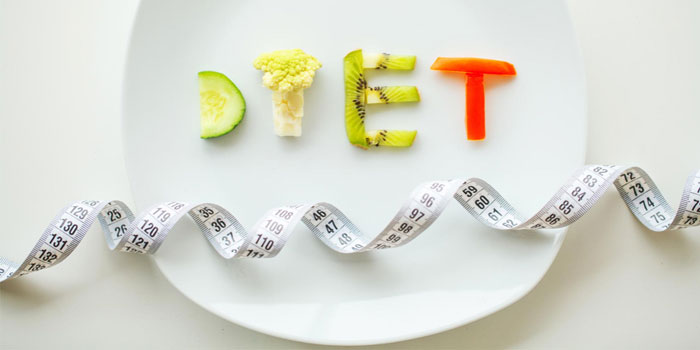Keto or Paleo? Which one to choose? Many people are confused about the ketogenic diet and the paleo diet.
In this article, I’ll try to explain the difference between the two diets in simple terms.
VERY IMPORTANT!
Before going on any diet you’re advised to seek the opinion of your doctor or nutritionist as underlying conditions need to be taken into consideration.
The Paleolithic Diet (aka Paleo Diet)
The paleolithic diet was started in 1970 by Walter L. Voegtlin a gastroenterologist, he recommended we eat a diet of meat and plant-based food for better health.
His theory was based on how our ancestors hunted for foods including vegetables, meat and nuts. He published his findings in his book The Stone Age Diet in 1975. The Paleo diet, as it is widely known recommends:
- no processed foods
- no dairy products
- no grains
- no sugar and salt
- no legumes
- no processed oils
- no alcohol or coffee.
The Paleo diet focuses on helping you live a healthy lifestyle. It has been designed to improve the metabolic effects of the body, as well as body composition.
Most people on this diet report actually feeling lighter and do start to lose weight gradually. The main reason for this is they feel full and therefore, consume less food.
Benefits of a Paleo diet:
- burns off stored fat (due to metabolism increases)
- stabilizes blood sugar
- reduces allergies
- improve sleep patterns
- cleans skin and teeth impurities
- helps better absorb nutrients

Disclosure: This post may contain affiliate links. Read my disclosure page for more info.
How are the daily calories divided?
By following the Paleo diet your daily calories are divided as follows:
- 55% should come from seafood and lean meat – each taking an equal half
- 15% of fruits
- 15% from vegetables
- 15% of nuts and seeds
- No dairy, no salt or sugar, and almost no grains
NB: You should also be aware this diet can cause a lack of Vitamin D and calcium intake.
By eating a high consumption of fish, there can be a risk of toxins.
More articles on Keto:
- 10 Keto Diet Tips Every Newbie Needs to Know
- How to Lose Weight on the Keto Diet Quick Checklist
- 4 Quick Hacks to Lower Your Carbs with a Spiralizer
- Keto Diet Quick Checklist: How to Lose Weight on the Keto Diet
- Keto Diet: 10 Foods to Avoid to Lose Weight
The Ketogenic Diet
If you follow the ketogenic, aka low-carb, diet, you will lower your intake of carbohydrates drastically. You will also increase the amount of fat by eating more protein, ie meat and fish.
The goal of this type of diet is to enable you to reach a metabolic state known as ketosis.
This state is where your body relies on fat as its energy source, instead of glucose, which comes directly from carbohydrates.

Your body will use glucose first as it’s easier and quicker to metabolize. However, glucose weighs the body down and any left-overs will quickly turn to stores of fat, as many people have experienced.
So, by following the ketogenic diet you are actually reducing the amount of glucose in your body to the bare minimum.
By doing this you’re teaching your body how to rely on ketones – what the body burns for fuel during ketosis.
Ketones are a type of fatty acids, which are a direct result of the liver breaking down protein to be converted into glucose.
Ketones are a major source of energy for all major organs, especially the brain, which is why people on the keto diet feel more focused and alert.

Benefits of a Keto Diet:
• reduces body fat while maintaining muscle mass
• lowers blood LDL (low-density lipoprotein; the “bad” cholesterol), blood pressure and glucose
• increases levels of HDL (high-density lipoprotein which protects the heart against diseases; the “good” cholesterol)
• can reduce insulin levels As with any new diet, your body will experience a few, harmless side effects which will be over usually within several days.
This initial stage of a keto diet is referred to as keto flu because of its flu-like symptoms. This can include mild nausea, sleep issues, digestive discomfort, and a feeling of lethargy.
Differences between Keto and Paleo Diets:
Paleo diets are not mainly low-carb. This diet does focus on eating foods with fat and protein, but it doesn’t necessarily tell you to avoid potatoes, carrots, sweet potatoes, and other foods high in carbohydrates.

KETO or PALEO?
The Keto diet, on the other hand, is mainly low-carb, as you will eliminate all starches and sugars, including fruit.
Most of the carbs on a keto diet come from non-starchy vegetables. Paleo diets are not high in fat.
Initially, the original Paleo diet recommended goods high in fat, but today’s ever-evolving paleo community has altered its needs according to the times.
Keto diets are high in healthy fats; in fact, it is the primary element of low carb as it supports ketosis or the metabolic process of burning fat for energy versus dietary carbs.
Paleo diet followers don’t eat dairy products in abundance, if at all. Whereas, Keto diet followers consider dairy products a great way to add fat to their diet.
Conclusion
If you’re considering going on the Paleo diet or Ketogenic diet you should start to see positive results within the first 2-3 weeks.
Everything from the inside out will start feeling healthier, you will also see your weight dropping without losing any of your muscle mass.
Remember that consistency is the key. So make sure to give your body time to adjust to this new routine and metabolic state.
Once you get the hang of it, it will definitely become easier.
IMPORTANT: Check with your physician and/or nutrition expert before starting any diet to make sure you’re on the right track to becoming fitter, stronger, and healthier!

